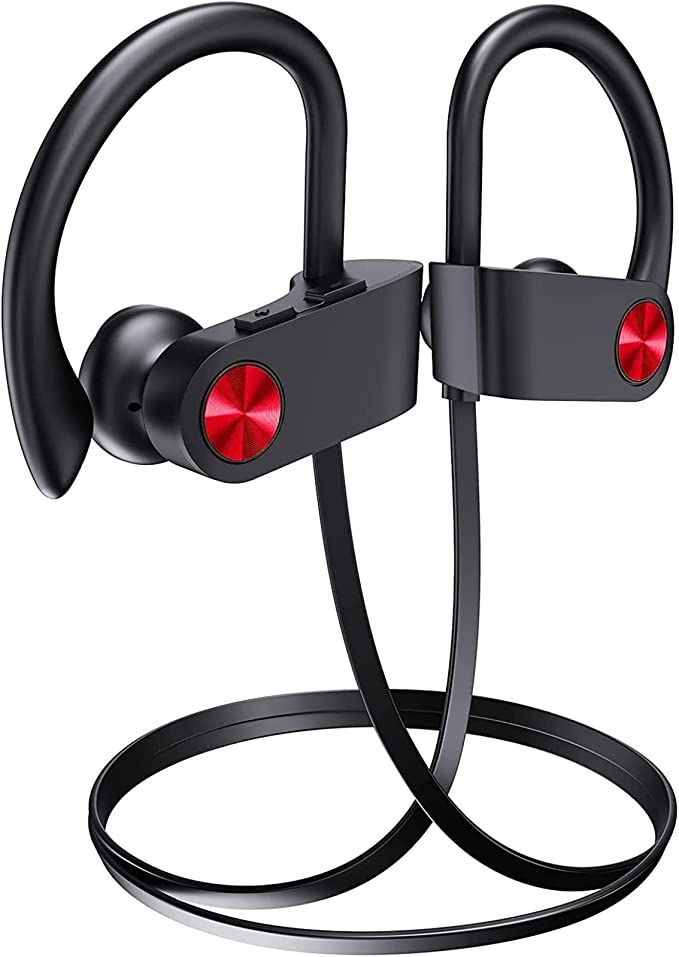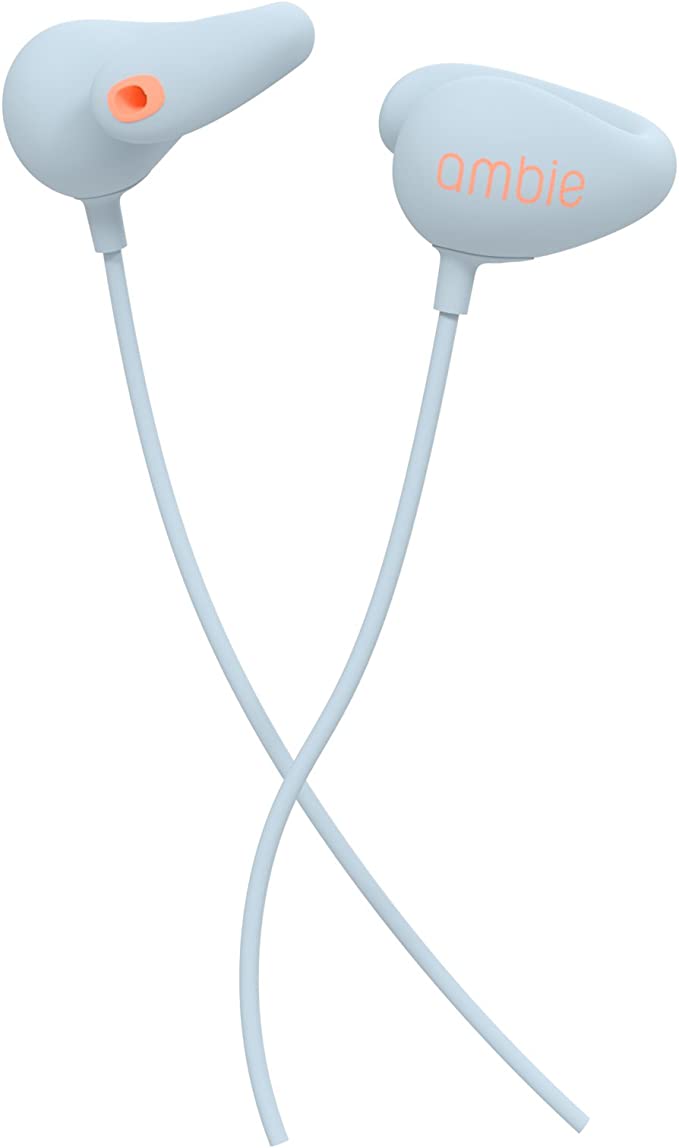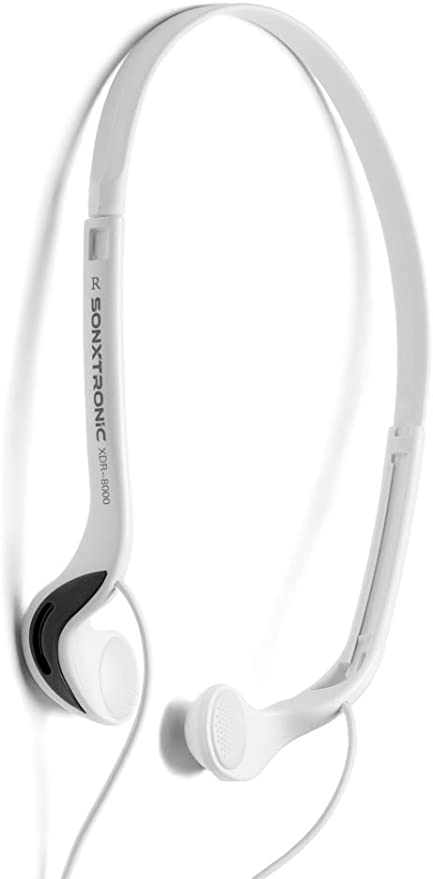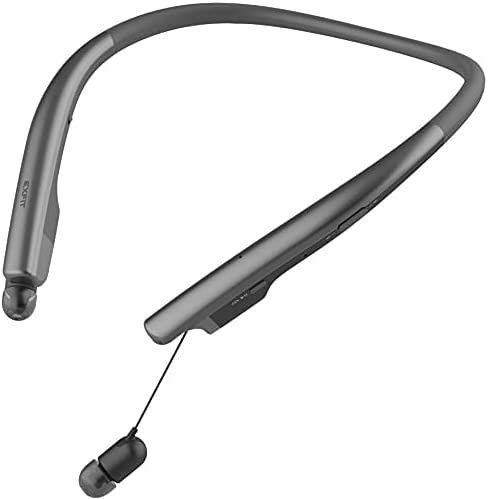The Unwavering Voice: How Carbon Fiber and Precision Engineering are Redefining the Violin
Update on Aug. 8, 2025, 3:18 p.m.
For centuries, the violin has existed as a beautiful paradox. In the hands of a master, a centuries-old instrument crafted from spruce and maple can produce a sound of sublime, almost supernatural, complexity. It is a voice that has defined Western music. Yet, this masterpiece of luthiery is a delicate servant to its environment. A humid summer day can cause the wood to swell, muting its brilliance; a dry winter can make it shrill and tight. For the performing musician, this means the instrument itself is a constantly changing variable in the equation of performance. It begs a question that has haunted luthiers and players for generations: what if an instrument could possess a perfect, reliable voice, untroubled by the world around it?
The answer, it turns out, lies not in a secret varnish or a forgotten wood-curing technique, but in the laboratories of modern materials science. The Glasser AEX Carbon Composite Violin is a striking example of this new philosophy, an instrument built from the ground up to offer consistency and durability by replacing the beautiful but fickle nature of wood with the calculated precision of advanced composites.

The Carbon Canvas: Engineering Predictability
To understand the shift from wood to carbon composite is to understand a shift from accepting nature’s lottery to embracing deliberate design. A traditional luthier is a master of selection, finding that one-in-a-thousand piece of spruce with the perfect grain to serve as a top plate. Carbon composite, a material of woven carbon fibers locked in a polymer resin, flips this script. It allows the maker to define the material’s properties—its stiffness, its weight, its resonant characteristics—with engineering precision.
The primary enemy of a touring violin is environmental instability. Wood is hygroscopic, meaning it absorbs and releases moisture from the air, causing it to expand and contract. This movement subtly alters the shape and tension of the entire instrument, directly impacting its tone and tuning. Carbon composite, by contrast, is virtually immune to changes in temperature and humidity. Its physical form is constant. This stability is the bedrock of the Glasser AEX’s design philosophy.
This commitment to stability extends to the very heart of the violin’s acoustic engine: its bridge and soundpost. These are not merely props; they are the transmission of the instrument. The bridge collects the raw vibration from the strings, and the soundpost transfers that energy from the top plate to the back, driving the entire body to resonate. In a traditional violin, these too are wood. In the Glasser AEX, they are also carbon composite. This ensures the entire vibrational pathway is forged from the same unwavering material, guaranteeing a consistent, efficient transfer of energy from string to body, every single time. The result is a responsive and reliable tone that does not change when you walk from an air-conditioned room into the humid summer air.
Precision in Hand: The End of the Tuning Battle
Anyone who has learned to play the violin is familiar with the ancient, often frustrating, art of tuning with traditional friction pegs. It’s a delicate dance of pushing the tapered peg into its hole with just enough force to make it stick, while twisting it to find the precise pitch. Too little pressure and the string slips; too much and it’s impossible to make fine adjustments. The Glasser AEX discards this centuries-old struggle in favor of elegant, modern mechanics: Planetary Pegs.
Concealed within the traditional-looking peg is a miniature marvel of engineering—a planetary gear system. Much like the mechanism in a fine watch, a central “sun” gear is orbited by smaller “planet” gears. When the player turns the peg, this internal system provides a significant mechanical advantage, typically a 4:1 ratio. This means a full rotation of the player’s hand results in only a quarter rotation of the string post. This gearing transforms the tuning experience. The immense torque required to tension a string is handled by the gears, not by friction. The result is a silky-smooth, precise tuning process that is both effortless and exact. The peg holds its pitch not because it’s wedged in place, but because the gear system locks it. It’s a solution that removes a significant barrier between the musician and their music, creating a tool that simply gets out of the way.
The Amplified Soul: Finding a Voice in the Modern World
The final piece of the puzzle is how this instrument speaks to a modern audience. The AEX is a hybrid, possessing both a natural acoustic voice and the ability to be amplified. This dual functionality is driven by high-fidelity Bartolini electronics, a name that carries significant weight in the world of instrument pickups and preamps.
The system is “active,” a critical distinction. A simple, “passive” pickup merely converts string vibration into a weak electrical signal. An active electronic system, like the one ingeniously integrated into the AEX’s “Swordtail” chinrest, incorporates a built-in preamplifier. This miniature circuit board acts as a personal sound engineer, boosting and conditioning the signal right at the source. The benefits are enormous. It produces a strong, clean, and robust signal that is far less susceptible to noise and signal loss over long cables. It gives the performer a powerful, consistent tone that can be plugged directly into an amplifier, a mixing board, or an effects pedal chain with predictable, high-quality results. It is the final link, empowering the musician to take the instrument’s inherent stability and project it onto any stage, in any genre.
This isn’t an attempt to replace the historic soul of a Stradivarius. Instead, the Glasser AEX Carbon Composite Violin represents a different path—an expansion of possibility. It is an instrument born from the fusion of classic design and scientific principle, a tool conceived for the modern performer who demands versatility and, above all, an unwavering voice. For the musician on the road, the student in a fluctuating climate, or the artist pushing sonic boundaries, it offers a compelling promise: the music will be the only variable that matters.





























